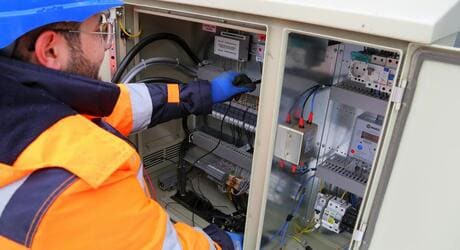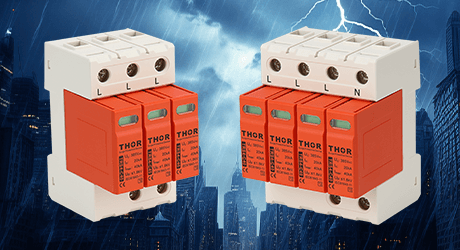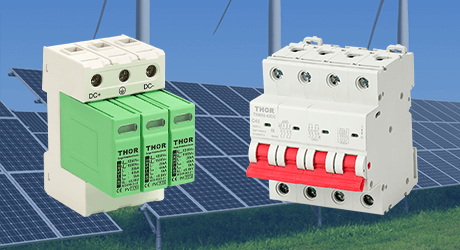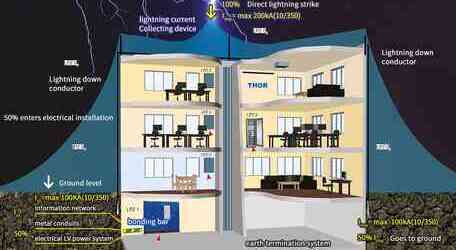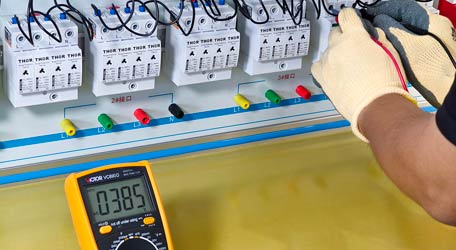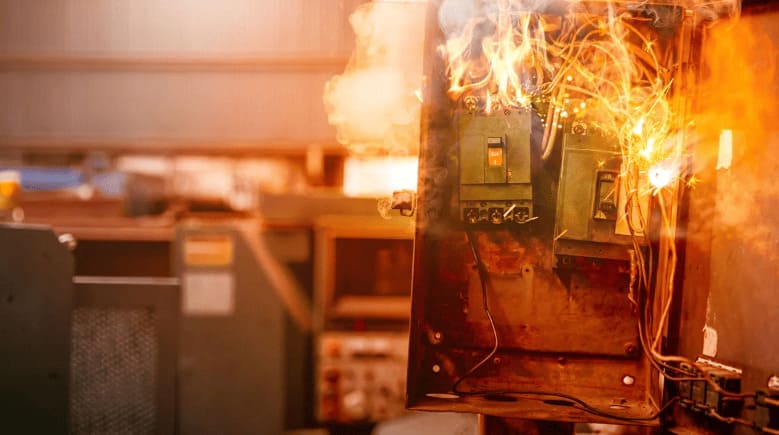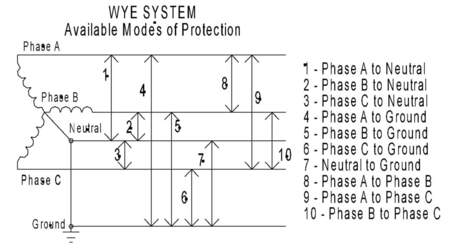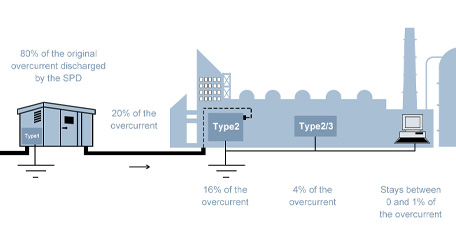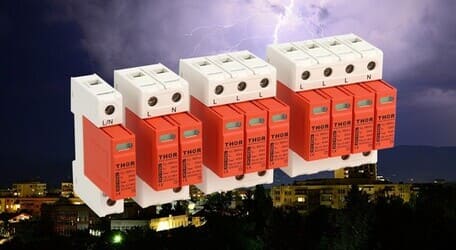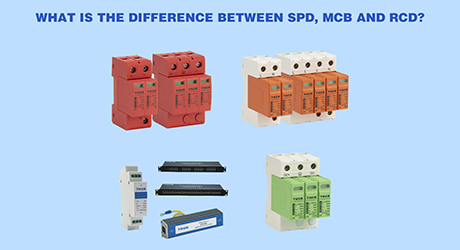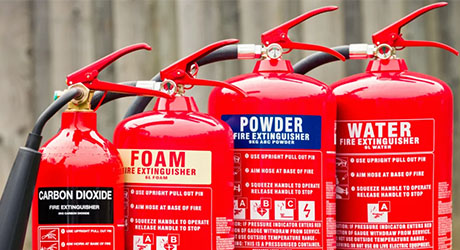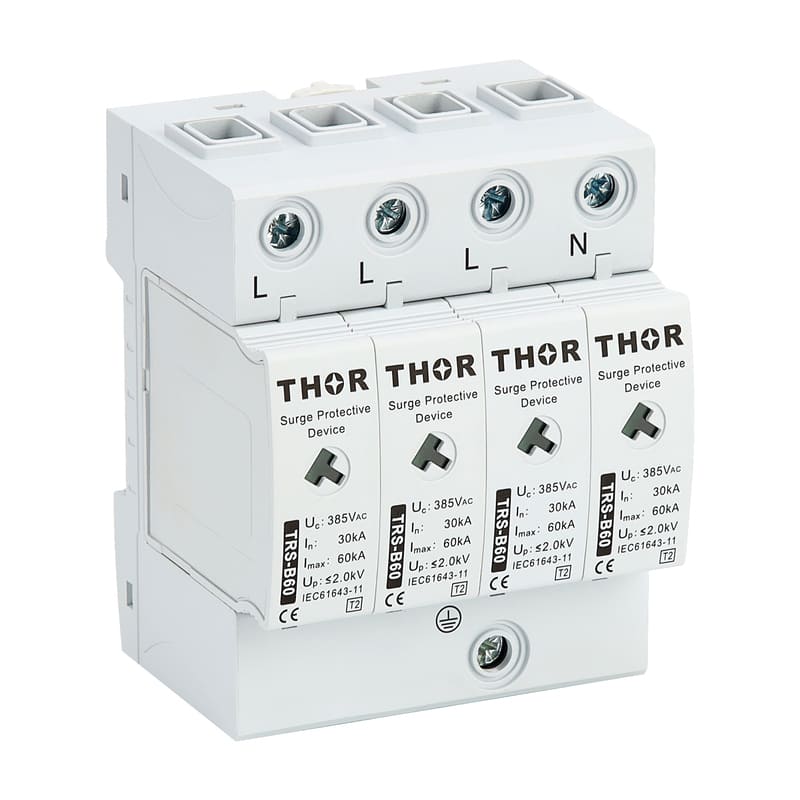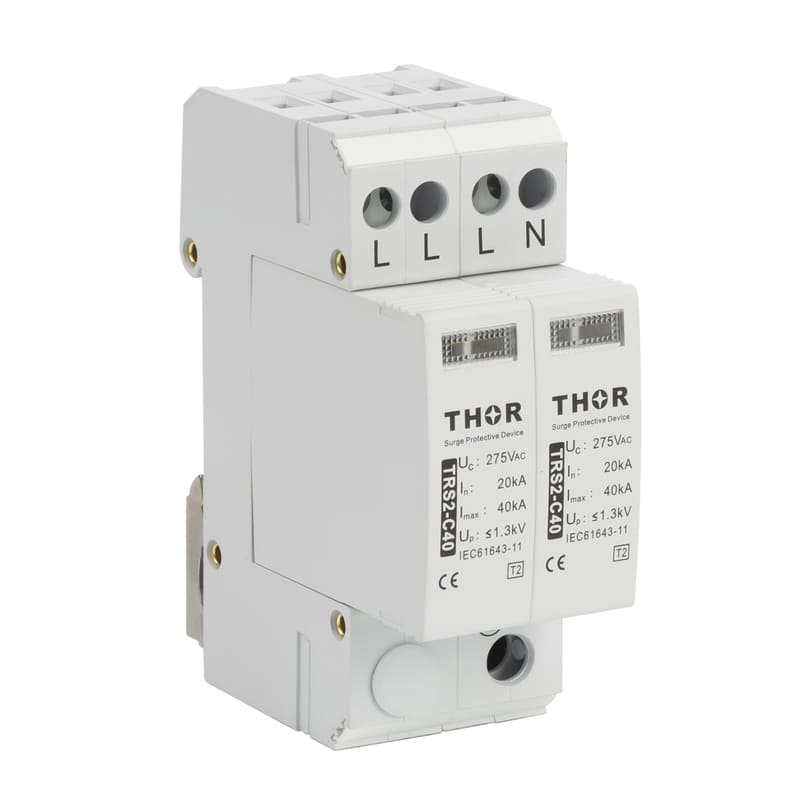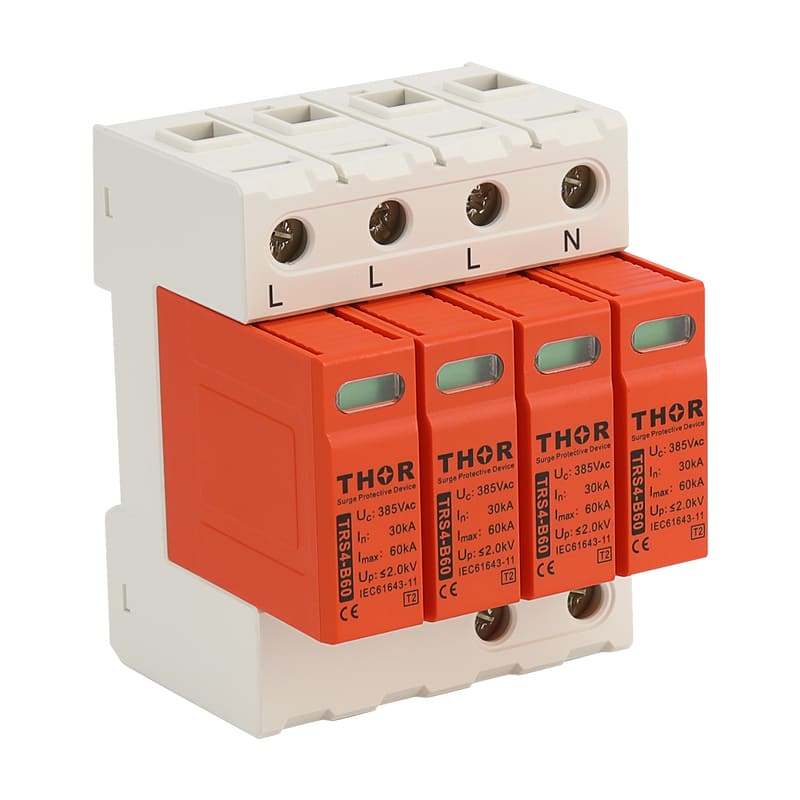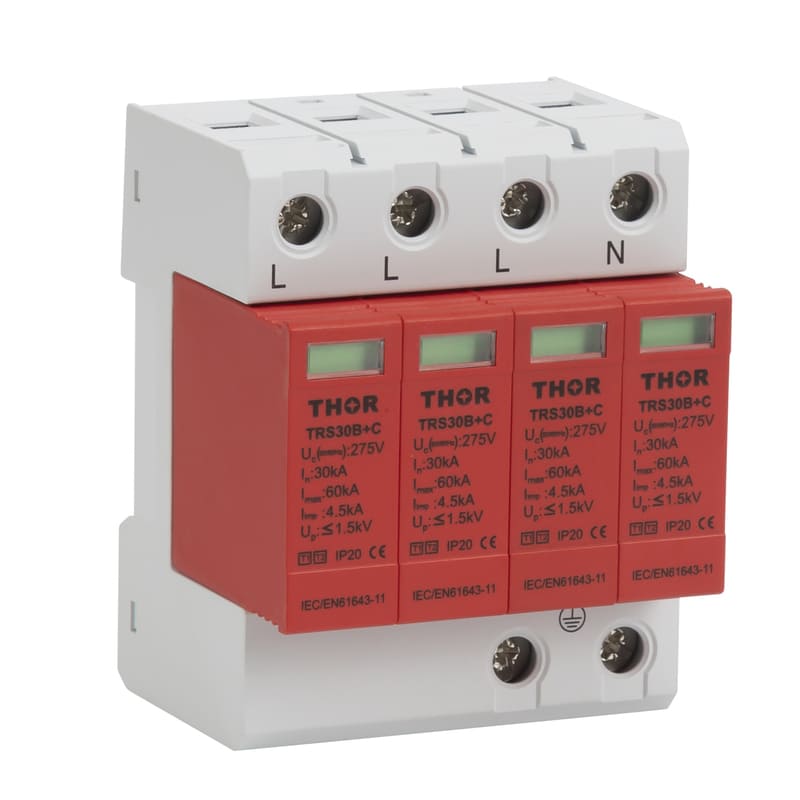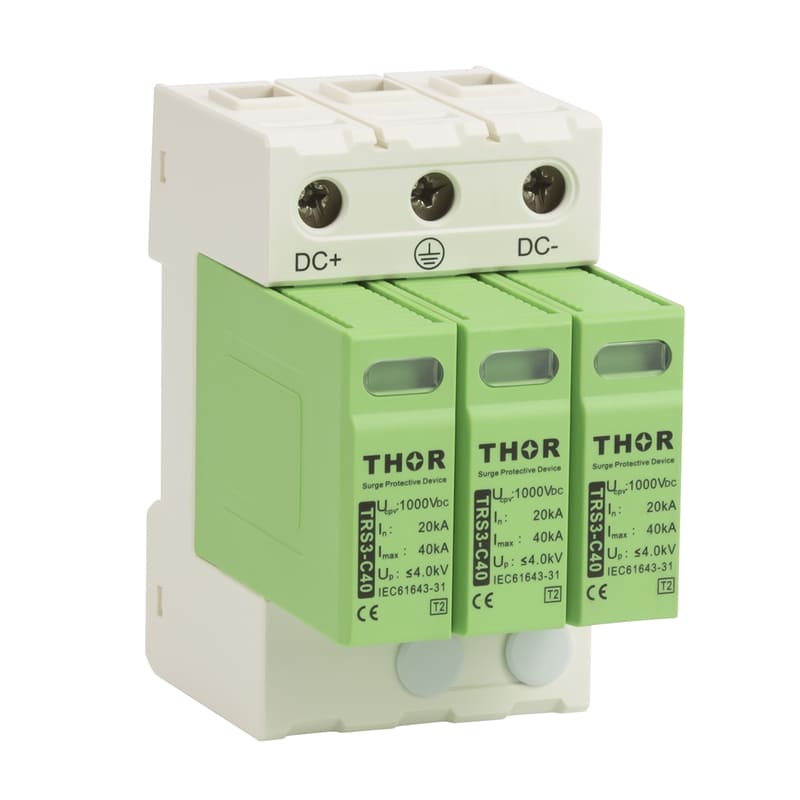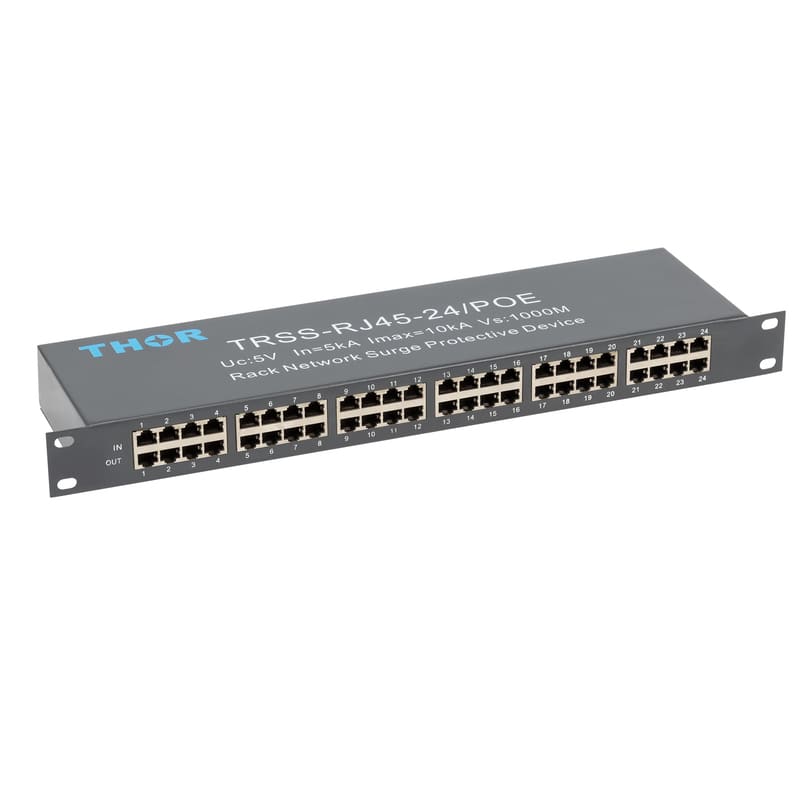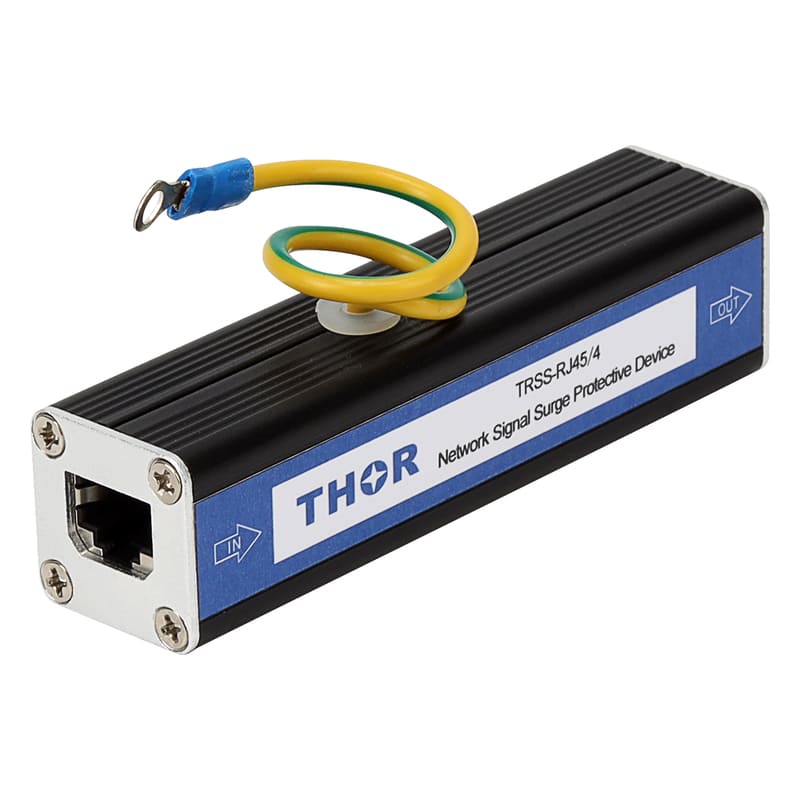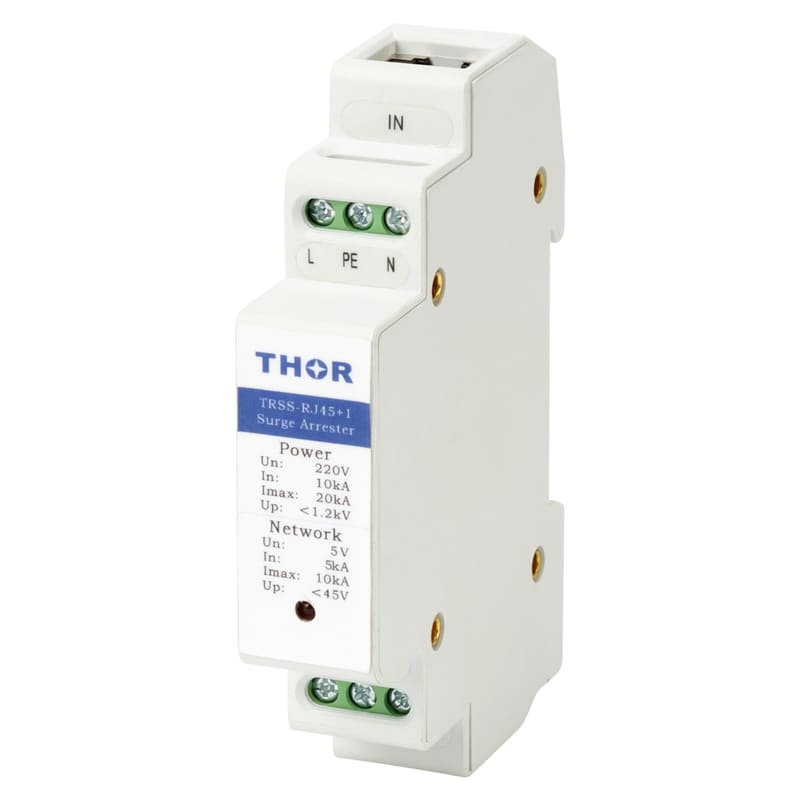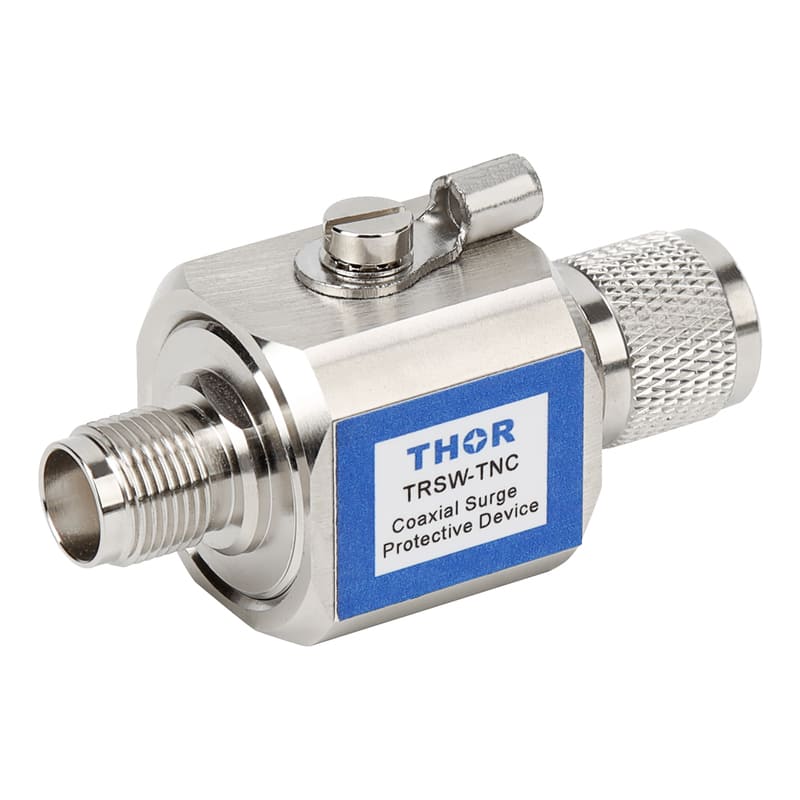Lightning Protection Technology in Electronic Information Era
After the 1970s, due to the development of electronic information and aerospace technology, the widespread application of semiconductor integration technology and microelectronics technology, the electromagnetic interference of lightning and the hazards of lightning pulses have become more and more serious. Therefore, lightning protection technology is gradually moving from the electrical age to the electronic information age. The main purpose of lightning protection in the electronic information age is manifested in the following aspects.
(1) Prevent lightning from directly striking structures to cause electrical effects, thermal effects and mechanical effects.
(2) Prevent lightning from invading structures in the form of lightning waves through metal wires or metal pipes, endangering indoor personal safety and destroying equipment.
(3) To prevent lightning caused by thunderstorms, the strong pulse current neutralizes the charge in the cloud with the ground, which causes a strong change in the electrostatic field, causing the high potential generated by the charge opposite to the sign of the pilot channel to be induced on the nearby conductors to electronic equipment and hazards in flammable and explosive places.
(4) Prevent the electromagnetic field induction hazard of lightning. When the lightning current changes from zero to tens of thousand amperes within a microsecond time, a transient strong electromagnetic field is generated in the surrounding space, and the induced electromotive force on the line will cause harm; at the same time Lightning can radiate from extremely low frequencies of a few hertz to ultra-high frequencies of several gigahertz. When the protected object is close to the lightning, it is mainly affected by electrostatic induction; when the protected field is far away from the lightning, it is mainly affected by electromagnetic induction. The impact of radiation can range from interfering with radio communications such as signal lines and antennas, to damaging equipment, causing sparks in flammable and explosive places, and even explosions.
The lightning protection methods in the electronic information age mainly include shunting and discharging lightning current and blocking lightning wave intrusion, as well as shielding protection equipment, equipotential and other lightning protection technologies and their comprehensive applications.
It is still impossible for human beings to completely control lightning, but after long-term exploration and practice, a lot of knowledge and experience about lightning protection have been accumulated, and a series of effective methods and technologies for lightning protection have been formed. It has universal guiding significance for the industry to effectively prevent lightning disasters.
1. Lightning reception
Lightning connection means that the lightning (direct lightning strike) within a certain range cannot choose the discharge channel arbitrarily, but can only release energy to the earth according to the lightning protection system and prescribed channels designed in advance by people. The device used to receive lightning is called a lightning terminal. In the national standard "Code for Lightning Protection Design of Buildings", it is stated that lightning rods, lightning strips (lines), and lightning nets are devices that directly receive lightning strikes, collectively referred to as lightning receptors.
In the lightning protection outside the building, after the lightning is connected to the lightning terminal, the strong lightning current leaks into the ground through the specified channel, which can effectively prevent the damage to the building itself by the lightning current; at the same time, in the process of leakage after the lightning is received, Pay attention to lightning protection induction. External shielding prevents the strong electromagnetic fields generated by lightning currents from harming persons or objects in the vicinity. Lightning induction can also cause damage to electronic and electrical equipment and people inside the building. Therefore, a surge protector should be installed in front of the electronic and electrical equipment lines to prevent transient overvoltage from destroying the equipment along the line.
In the 20th century, people began to realize the hazards of lightning induction. In 1914, German W. Peterson put forward the theory of grounding lightning protection line (lightning line) lightning protection; later Americans F. W. Peek and W. W. Lewis also realized that the threat to power lines came not only from direct lightning strikes, but also from lightning induction. It was not until the late 1930s that humans reached a consensus: corresponding to power supply lines above 100kV, lightning conductors are the basic protection measures against direct lightning strikes, and their functions are similar to lightning rods.
Lightning-terminating strips refer to installing metal strips on the parapet around the roof of flat roofs or the ridge and eaves of sloping roofs as lightning-terminating devices, and connecting them well with the ground can obtain better lightning protection effects.
The lightning-termination network refers to the use of the reinforced mesh in the reinforced concrete structure for lightning protection. If necessary, an auxiliary lightning-termination network can be added. Therefore, the lightning-termination network is also called a concealed lightning-termination network.
2. Pressure equalization
When the lightning-termination device captures lightning, the down conductor immediately rises to a high potential, which will cause a side flashover to the conductors around the lightning protection device that are still at low potential, raising its potential and causing harm to personnel and equipment. In order to reduce this risk of flashover; the easiest way is to use a voltage grading ring: to equipotentially connect the conductors at low potential all the way to the grounding device. If the distance between metal facilities, electrical devices and electronic equipment and the conductors of the lightning protection system, especially the lightning protection device, cannot meet the specified safety requirements, they should be equipotentially connected to the lightning protection device with wires. In this way, when the lightning current passes, it can ensure that no harmful potential difference is generated between the conductive parts, and no side flashover discharge occurs. A perfect equipotential connection can also prevent the counterattack caused by the rise of the ground potential caused by the lightning current entering the ground.
3. Grounding
Lightning protection grounding is to release the lightning energy that has entered the lightning protection device into the ground. Good grounding can effectively reduce the voltage on the down-conductor and avoid counterattack. In the past, some regulations required electronic equipment to be grounded separately, in order to prevent stray current or transient current in the power grid from interfering with the normal operation of the equipment. Before the 1990s, the communication and navigation equipment was mainly electronic tube devices, using analog communication, which was particularly sensitive to interference. In order to resist interference, communication and navigation equipment adopts the method of separating the power supply from the communication ground. Now, separate grounding is not advocated in the field of lightning protection engineering. Separate grounding is not advocated in IEC standards and ITU-related standards, and the American standard IEEE Std1100-1992 does not recommend using any so-called separate, independent, computer, electronic or other grounding body as a part of the equipment grounding conductor. Junction. Grounding is the most basic link in the lightning protection system. If the grounding is not good, the lightning protection effect of all lightning protection measures will not be exerted.
4. Diversion
Shunting is to connect surge protectors in parallel between all lines coming from the outside (including power lines, telephone lines, signal lines, antenna feeders, etc.) and the grounding line. When the overvoltage wave generated on the lines enters the room or equipment along these lines, the resistance of the surge protector suddenly drops to a low value, which is close to a short circuit, and the lightning current is shunted to the ground.
When using the lightning protection measure of shunting, special attention should be paid to the selection of the performance parameters of the surge protector, because the installation of additional facilities will affect the performance of the lightning protection device. For example, the connection of the signal surge protector should not affect the transmission rate of the system; the loss of the antenna feeder surge protector in the passband should be as small as possible; if it is used on the directional equipment, it is required not to cause positioning errors.
5. Shield
Shielding is to use conductors such as metal meshes, foils, shells, and tubes to shield the objects to be protected, so as to block the intrusion of lightning electromagnetic fields from space.
Surge protection means that when the overvoltage formed in response to the lightning current hitting the transmission line propagates on the line in thunderstorm days, the transient overvoltage can be limited by the nonlinear element in the surge protector and the surge current Leak into the earth respectively, so that electronic and electrical equipment can be protected.
7. Dodge
Avoidance means that when a thunderstorm comes, turn off the operating equipment, cut off the current incoming line, and connect the antenna and feeder to the grounding device. Successful avoidance requires a reliable lightning detection and early warning system, and site selection should avoid special locations that are prone to lightning strikes.
The above lightning protection methods must be selected flexibly according to the laws of local lightning.
Welcome to continue to learn more about lightning protection

